Code
HCS14145
Weight
300 gm / 0.66 lbs
Size
Height
12cm (5") Width
8cm (3") Depth
6cm (2") Material
Copper
Availability
Available
Date Added
2017-11-21 14:47:24
Note : We used to sell this product 8 years ago so it may no longer be in our stock.
It is possible that we still have it with our suppliers but the price could be different from before.
Feel free to order. We will verify availability and inform you promptly.
It is possible that we still have it with our suppliers but the price could be different from before.
Feel free to order. We will verify availability and inform you promptly.

Safe Payment
We accept Paypal, Money Transfer, Bank Transfer
Confidence
Protection covers your purchase and personal data.
Worldwide Delivery
We ship Worldwide, except Russia.Shipping cost US$25.2 for upto 0.5 kgs

Hotline
Talk to help line for your question on 9841267335Gold Painted Face
The face of Copper Statue Of Simhamukha Yogini, Senge Dongma [partly Gold Plated], [painted Face] is painted with gold to enhance its significant features, particularly the eyes, and lips. This detailed painting is essential as it brings forth the crucial attributes of the expression of eyes and lips that metal carving alone cannot capture.
Moreover, the painted face serves as a symbolic and sacred ritual in Buddhism, preparing the statue for consecration and practice. The act of painting the face with gold in Buddhism holds deep meaning. It represents the intention to bring life and expression to the statue, imbuing it with a sense of vitality and presence. The application of gold on the face showcases the devotion and craftsmanship of the artisans, ensuring that every detail is carefully attended to honor the sacred essence of the Copper Statue Of Simhamukha Yogini, Senge Dongma [partly Gold Plated], [painted Face]. Read More . . .
The face of Copper Statue Of Simhamukha Yogini, Senge Dongma [partly Gold Plated], [painted Face] is painted with gold to enhance its significant features, particularly the eyes, and lips. This detailed painting is essential as it brings forth the crucial attributes of the expression of eyes and lips that metal carving alone cannot capture.
Moreover, the painted face serves as a symbolic and sacred ritual in Buddhism, preparing the statue for consecration and practice. The act of painting the face with gold in Buddhism holds deep meaning. It represents the intention to bring life and expression to the statue, imbuing it with a sense of vitality and presence. The application of gold on the face showcases the devotion and craftsmanship of the artisans, ensuring that every detail is carefully attended to honor the sacred essence of the Copper Statue Of Simhamukha Yogini, Senge Dongma [partly Gold Plated], [painted Face]. Read More . . .
Partly Gold plating.
This Copper Statue Of Simhamukha Yogini, Senge Dongma [partly Gold Plated], [painted Face] has a Partly gold-plated finish. Partly fire gold gilding, a common practice in Nepali handicrafts. This technique is skillfully employed by artisans to create intricate designs on various metal objects, including statues, jewelry, and decorative items. Through a process, a mask or resist is applied to safeguard specific areas from the gold plating. The object is then subjected to high temperatures, allowing the gold to beautifully adhere to exposed surfaces using a combination of heat and pressure.
In the realm of Buddhist statues, this technique holds additional significance as it distinguishes the golden-plated body from the oxidized or maroon-painted clothing. This visual separation conveys the contrast between the divine purity of the body and the modest attire symbolizing the humble lifestyle of Buddhist monks. The partly fire gold gilding not only adds exquisite detail and elegance but also embodies the deep cultural and spiritual meaning associated with these treasured artifacts. Read More . . .
This Copper Statue Of Simhamukha Yogini, Senge Dongma [partly Gold Plated], [painted Face] has a Partly gold-plated finish. Partly fire gold gilding, a common practice in Nepali handicrafts. This technique is skillfully employed by artisans to create intricate designs on various metal objects, including statues, jewelry, and decorative items. Through a process, a mask or resist is applied to safeguard specific areas from the gold plating. The object is then subjected to high temperatures, allowing the gold to beautifully adhere to exposed surfaces using a combination of heat and pressure.
In the realm of Buddhist statues, this technique holds additional significance as it distinguishes the golden-plated body from the oxidized or maroon-painted clothing. This visual separation conveys the contrast between the divine purity of the body and the modest attire symbolizing the humble lifestyle of Buddhist monks. The partly fire gold gilding not only adds exquisite detail and elegance but also embodies the deep cultural and spiritual meaning associated with these treasured artifacts. Read More . . .
Brief Introduction :
Simhamukha or Senge Dongma can be translated into English as Lion-Faced Dakini. According to the Indian traditions followed by the Sarma schools, the dakini Simhamukha is a tutelary deity arising out of the Chakrasamvara cycle of Tantras and belongs to the Anuttarayoga 'wisdom' classification. The Sarma schools' Simhamukha is unrelated to the deity of the same name and appearance which arose in the later indigenous Tibetan Nyingma 'terma' (treasure) traditions, where she is regarded as the secret form of Guru Rinpoche (Padmasambhava). According to the Nyingma school, this dakini and female tantric Buddha is the principal dakini teacher and one of the principal fierce manifestations of Padmasambhava, the 8th Century mahasiddha, claimed to be the founder of the same school. As such, she is connected with many ceremonies of the Dzogchen tradition. A fierce dakini, she is also one of the Phramenma, a group of female deities from the Bardo Thödol, or 'Tibetan Book of the Dead'. The female lama Jetsun Lochen (1865- 1951) founded a Simhamukha practice lineage.
RIGPA SHEDRA names him Senge Dradok describing him to be one of the eight principal forms assumed by Guru Rinpoche at different points in his life, Senge Dradok's activity being "the subjugation of non-buddhists".dred upholders of wrong views in debate at Bodhgaya. He reversed their magic with the aid of a wrathful mantra given him by the lion-faced dakini Marajita. ,
Simhamukha is iconographically represented as a wrathful deity who is usually depicted as a dark blue, or maroon, coloured lion-faced female and is associated with the direction East. As Simhavaktra, an alternate form of Simhamukha, she is also an attendant of the Dharmapala Palden Lhamo, in which case she is depicted as carrying both a kapala, or skullcup, and a kartika, or ritual knife.
According to Sengdongma (lion-faced dakini) is a wrathful manifestation of Padmasambhava [Guru Rinpoche] who eliminates obstacles, whereas Sinhavaktra is a dark blue Lion-head Dakini who dispels obstacles to enlightenment. She holds a broad-bladed knife and skull cup.
In Hinduism :Simhamukha is iconographically represented as a wrathful deity who is usually depicted as a dark blue, or maroon, coloured lion-faced female and is associated with the direction East. As Simhavaktra, an alternate form of Simhamukha, she is also an attendant of the Dharmapala Palden Lhamo, in which case she is depicted as carrying both a kapala, or skullcup, and a kartika, or ritual knife.
According to Sengdongma (lion-faced dakini) is a wrathful manifestation of Padmasambhava [Guru Rinpoche] who eliminates obstacles, whereas Sinhavaktra is a dark blue Lion-head Dakini who dispels obstacles to enlightenment. She holds a broad-bladed knife and skull cup.
Every Hindu temple has the face of lion at the apex entrance carved artistically. This lion-face appears at the top of the door, niche, and windows as well. The countenances of man and lion are fused and it is also known as Simhamuka or Simhalalata. It is supposed to lead worshippers to Supreme Reality.
Simhamukha usually indicates Rahu (eclipse). One of the nine planets, Rahu stands for a devourer. There is a Puranic story. During the fight between gods and demons for nectar or Amrita, the demon Rahu tried to get a sip of drink of immortality, stealthily. But he was caught in the nick of time by the Surya (the Sun God) and Chandra (the Moon God) and Lord Vishnu was informed instantly. He cut off Rahu's head. But the head became immortal, having tasted a drop of nectar. Rahu now tried to swallow Sun and Moon when they passed near him. During eclipses (grahana), this scene is repeated according to believers.
Rahu is the son of Simhika or the lioness, who symbolizes destruction. The incarnation of Narasimha has this concept behind it. The earliest carving of Kirtimuka or Simhamukha is seen in the stupa at Amaravati (2nd century C.E.). Dancers of Cambodia use Kirtimuka as a headdress. Artifacts and any worship-worthy idols or mandaps carry this symbol.
==Tibet == Within the Nyingma School, of the two divisions of Kama (Oral Teachings) and Terma (Revealed Treasures), Simhamukha belongs to the Terma. From the three general divisions of Terma: Root, Branch and Essence, Simhamukha belongs to the Dakini Cycle within the Root Terma class. Only in the Nyingma tradition she is regarded as the secret form of Guru Rinpoche Padmasambhava. Otherwise, in the Sarma Traditions coming from India, the deity Simhamukha is found in the Chakrasamvara Cycle of Tantras. Although both forms are similar in name and appearance, they are unrelated.
The dakini Simhamukha is a tutelary deity arising out of the Chakrasamvara cycle of Tantras and belongs to the Anuttarayoga 'wisdom' classification. The Sarma tradition Simhamukha is unrelated to the deity of the same name and appearance in the Nyingma 'terma' (treasure) traditions. In that tradition, of the many forms of Padmasambhava, Simhamukha is a secret form of Guru Rinpoche.
Gelugpa lineage: Vajradhara, Dakini Simhamukha, Vajrasana, Bari Lotsawa Rinchen Drag, Sachen Kunga Nyingpo (1092-1158) and the five Holy Superiors of Sakya, Rongpa Dorje Gyaltsen, Sanggye Yeshe, Yak De Panchen, Gyalwa Tsongkapa (1357-1419), etc.
There is reference to this protector's emanations in the Shurangama Mantra found in the Tibetan Chandragomin's Shurangama Mantra Sadhana translated from the original Buddhist Hybrid Sanskrit into Tibetan (Tibetan canon Tengyur Karchag Phangthangma Toh 3096, Toh 593/2/1), and also Padmankusha's Text Toh 3106, and the Vajrasana's Text Toh 3110 - Sarvatathāgataoṣṇīṣaśitātapatrā-nāmāparājitā-mahāpratyangirā-mahāvidyārājñī-nāma-dhāraṇī; Tibetan name is ['phags pa] De bshin gshegs pa'i gtsug tor nas byung ba'i gdugs dkar po can gshan gyi mi thub pa phir bzlog pa chen mo mchog tu grub pa shes bya ba'i gzungs.
Simhamukha usually indicates Rahu (eclipse). One of the nine planets, Rahu stands for a devourer. There is a Puranic story. During the fight between gods and demons for nectar or Amrita, the demon Rahu tried to get a sip of drink of immortality, stealthily. But he was caught in the nick of time by the Surya (the Sun God) and Chandra (the Moon God) and Lord Vishnu was informed instantly. He cut off Rahu's head. But the head became immortal, having tasted a drop of nectar. Rahu now tried to swallow Sun and Moon when they passed near him. During eclipses (grahana), this scene is repeated according to believers.
Rahu is the son of Simhika or the lioness, who symbolizes destruction. The incarnation of Narasimha has this concept behind it. The earliest carving of Kirtimuka or Simhamukha is seen in the stupa at Amaravati (2nd century C.E.). Dancers of Cambodia use Kirtimuka as a headdress. Artifacts and any worship-worthy idols or mandaps carry this symbol.
==Tibet == Within the Nyingma School, of the two divisions of Kama (Oral Teachings) and Terma (Revealed Treasures), Simhamukha belongs to the Terma. From the three general divisions of Terma: Root, Branch and Essence, Simhamukha belongs to the Dakini Cycle within the Root Terma class. Only in the Nyingma tradition she is regarded as the secret form of Guru Rinpoche Padmasambhava. Otherwise, in the Sarma Traditions coming from India, the deity Simhamukha is found in the Chakrasamvara Cycle of Tantras. Although both forms are similar in name and appearance, they are unrelated.
The dakini Simhamukha is a tutelary deity arising out of the Chakrasamvara cycle of Tantras and belongs to the Anuttarayoga 'wisdom' classification. The Sarma tradition Simhamukha is unrelated to the deity of the same name and appearance in the Nyingma 'terma' (treasure) traditions. In that tradition, of the many forms of Padmasambhava, Simhamukha is a secret form of Guru Rinpoche.
Gelugpa lineage: Vajradhara, Dakini Simhamukha, Vajrasana, Bari Lotsawa Rinchen Drag, Sachen Kunga Nyingpo (1092-1158) and the five Holy Superiors of Sakya, Rongpa Dorje Gyaltsen, Sanggye Yeshe, Yak De Panchen, Gyalwa Tsongkapa (1357-1419), etc.
There is reference to this protector's emanations in the Shurangama Mantra found in the Tibetan Chandragomin's Shurangama Mantra Sadhana translated from the original Buddhist Hybrid Sanskrit into Tibetan (Tibetan canon Tengyur Karchag Phangthangma Toh 3096, Toh 593/2/1), and also Padmankusha's Text Toh 3106, and the Vajrasana's Text Toh 3110 - Sarvatathāgataoṣṇīṣaśitātapatrā-nāmāparājitā-mahāpratyangirā-mahāvidyārājñī-nāma-dhāraṇī; Tibetan name is ['phags pa] De bshin gshegs pa'i gtsug tor nas byung ba'i gdugs dkar po can gshan gyi mi thub pa phir bzlog pa chen mo mchog tu grub pa shes bya ba'i gzungs.


![Copper Statue Of Simhamukha Yogini, Senge Dongma [partly Gold Plated], [painted Face]](https://handicraftseller.com/uploads/pics/product/thumb/2017/11/14145.jpg)
![Copper Statue Of Simhamukha Yogini, Senge Dongma [partly Gold Plated], [painted Face]](https://handicraftseller.com/uploads/pics/product/thumb/2017/11/14145_0.jpg)
![Copper Statue Of Simhamukha Yogini, Senge Dongma [partly Gold Plated], [painted Face]](https://handicraftseller.com/uploads/pics/product/thumb/2017/11/14145_1.jpg)
![Copper Statue Of Simhamukha Yogini, Senge Dongma [partly Gold Plated], [painted Face]](https://handicraftseller.com/uploads/pics/product/thumb/2017/11/14145_2.jpg)

 of Vajrayogini,
of Vajrayogini, 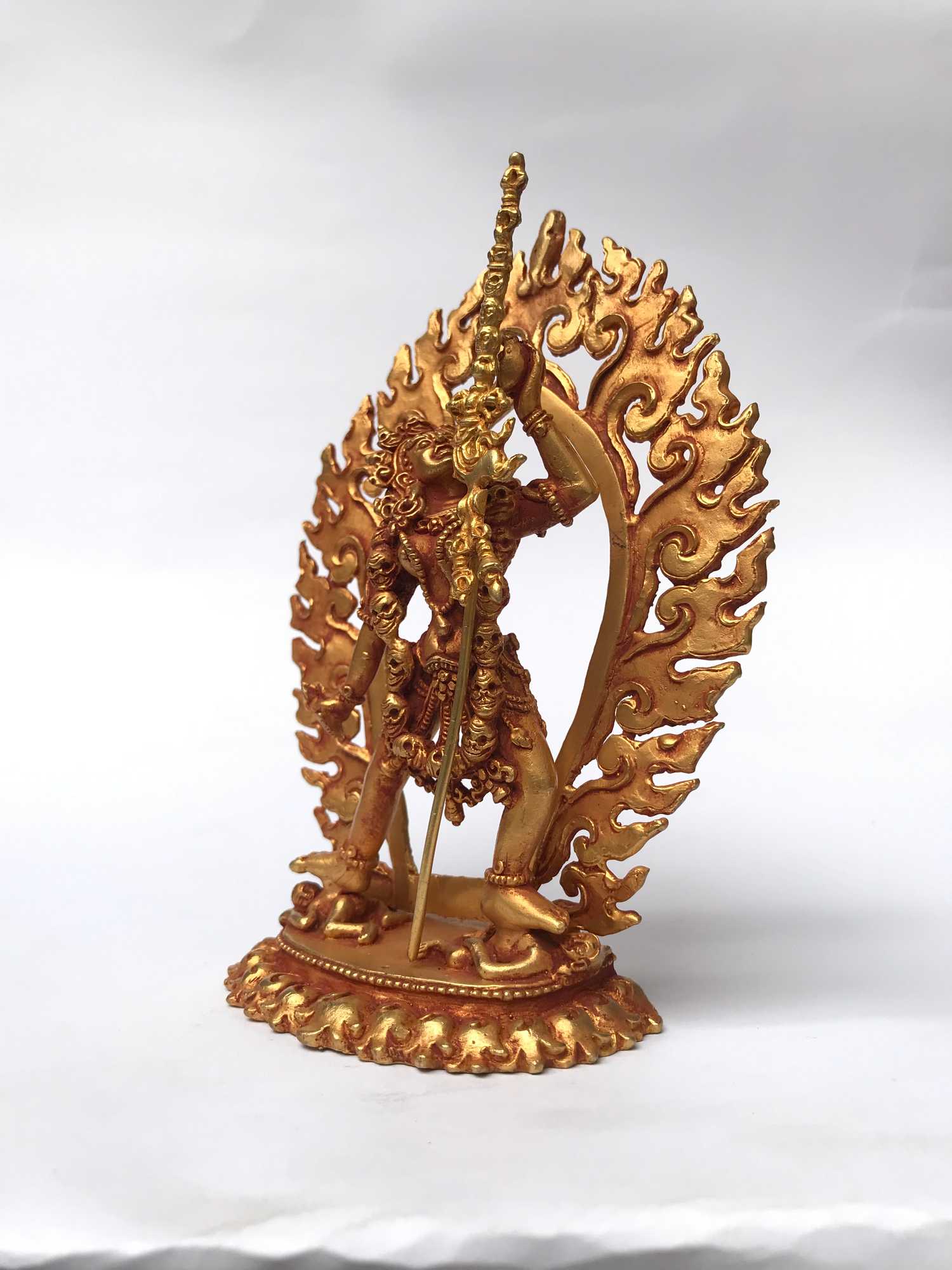 of Vajrayogini,
of Vajrayogini,  of Ratnasambhava Buddha,
of Ratnasambhava Buddha, 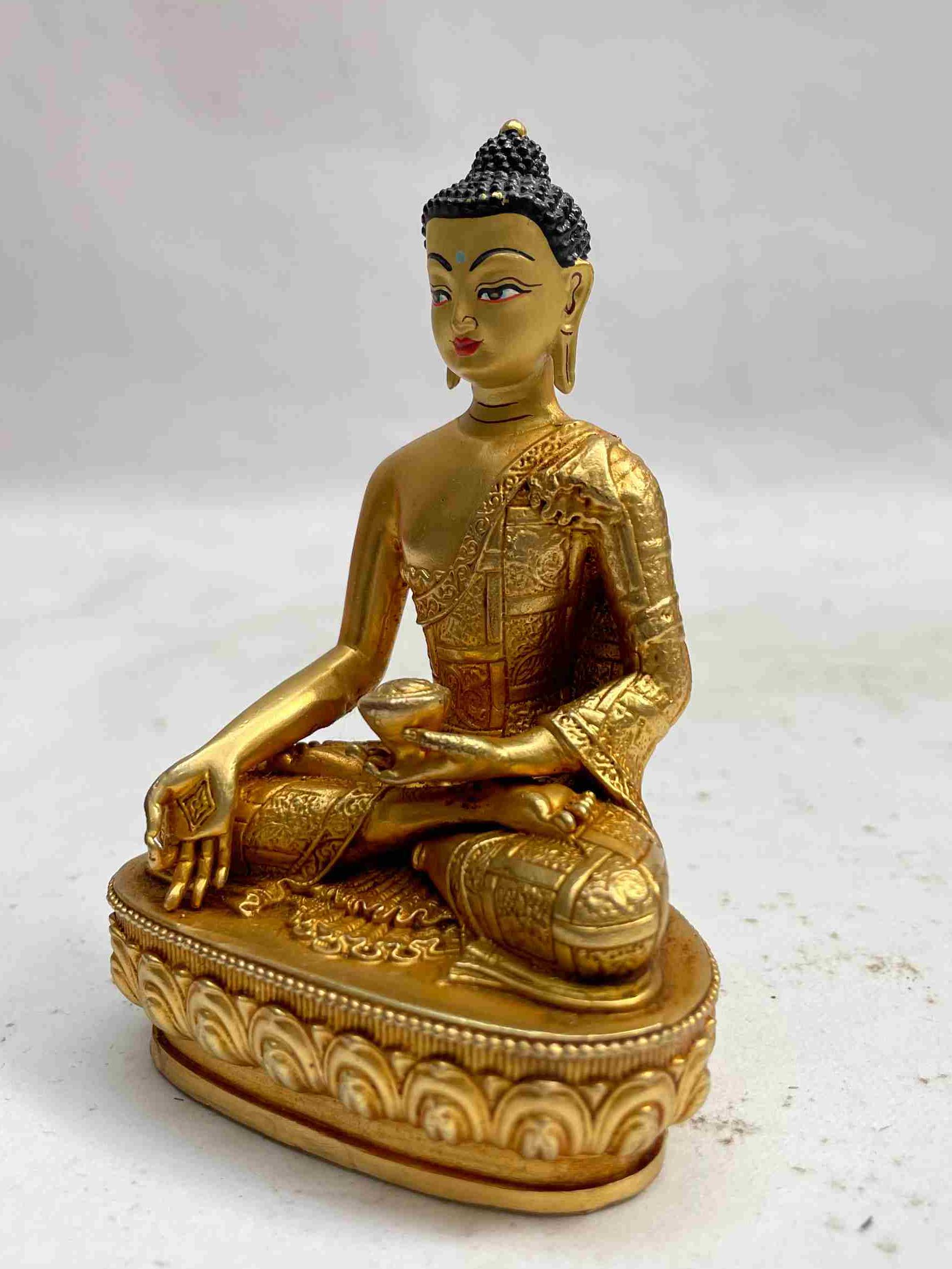 of Ratnasambhava Buddha,
of Ratnasambhava Buddha, 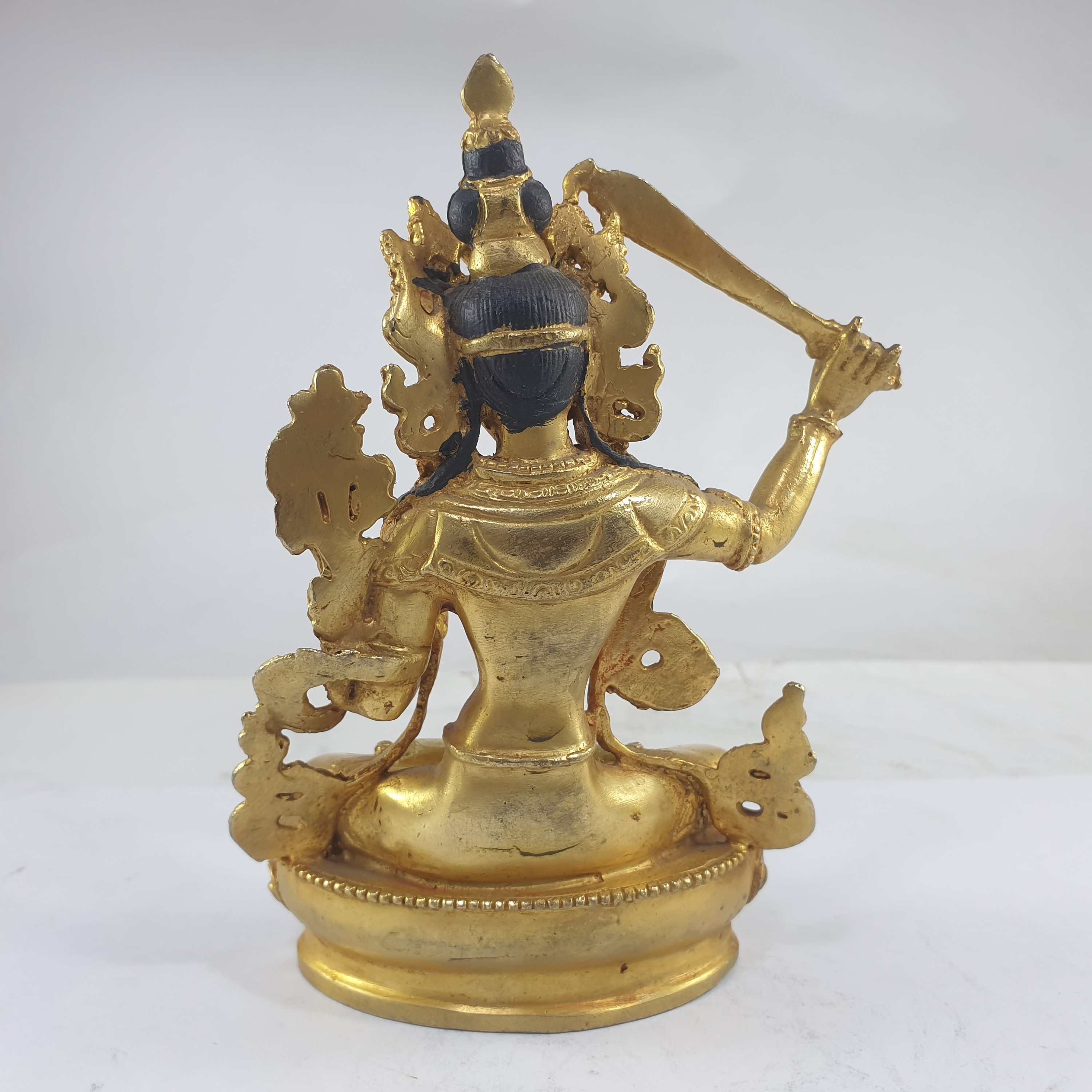 of Manjushri
of Manjushri 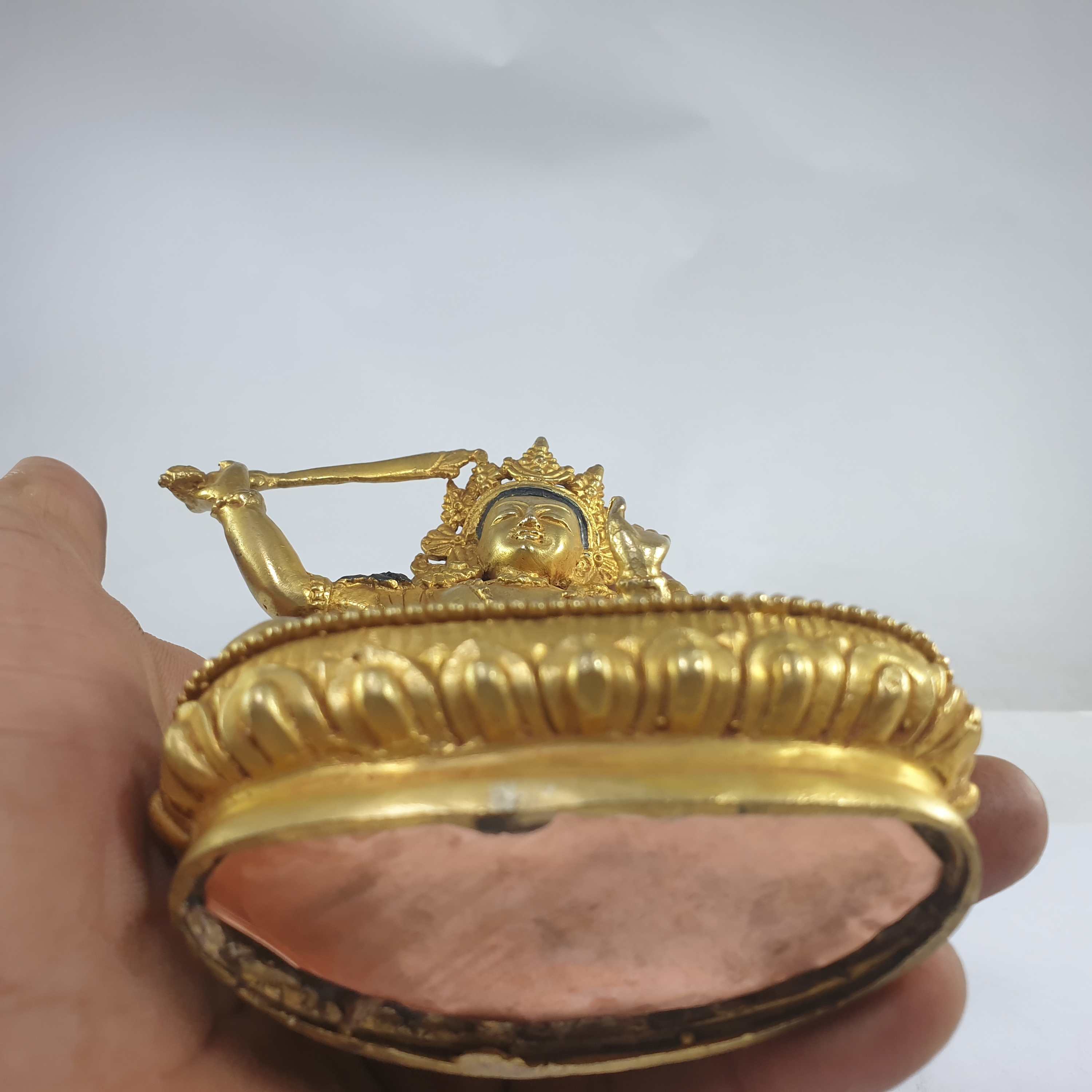 of Manjushri
of Manjushri  Full Gold Plated,
Full Gold Plated, 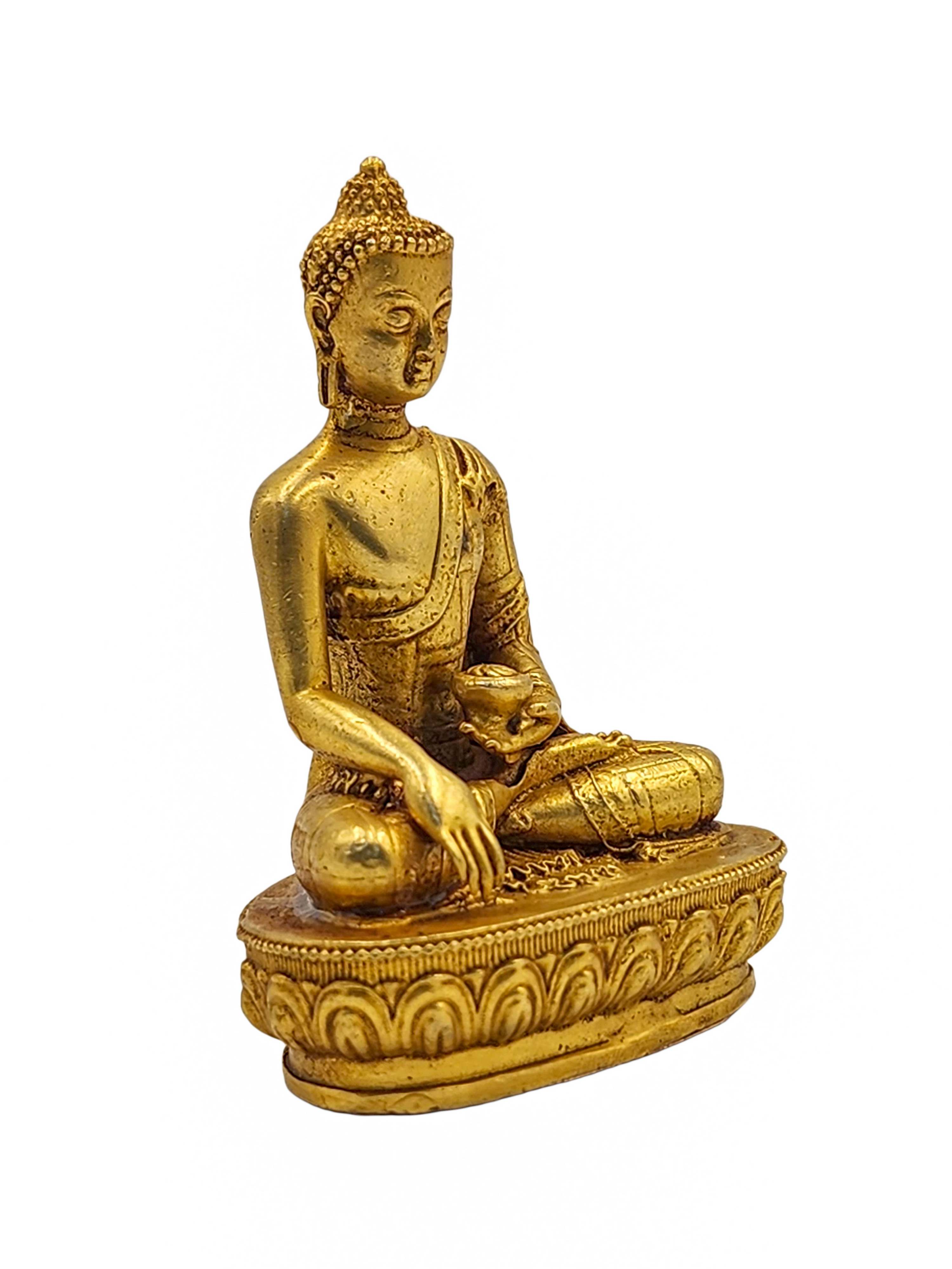 Full Gold Plated,
Full Gold Plated,  of White Tara On Throne,
of White Tara On Throne, 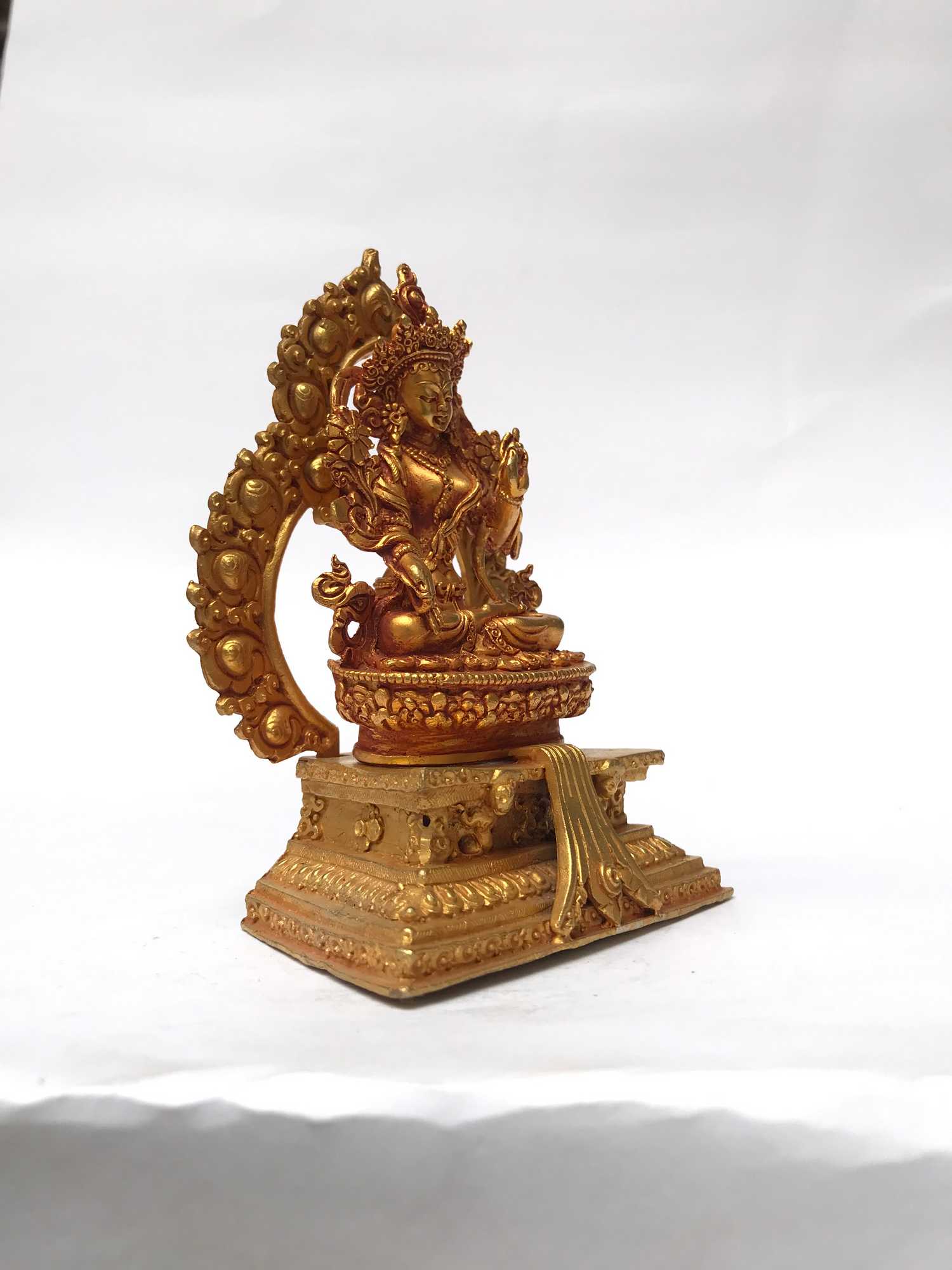 of White Tara On Throne,
of White Tara On Throne,  of Green Tara On Throne,
of Green Tara On Throne,  of Green Tara On Throne,
of Green Tara On Throne, 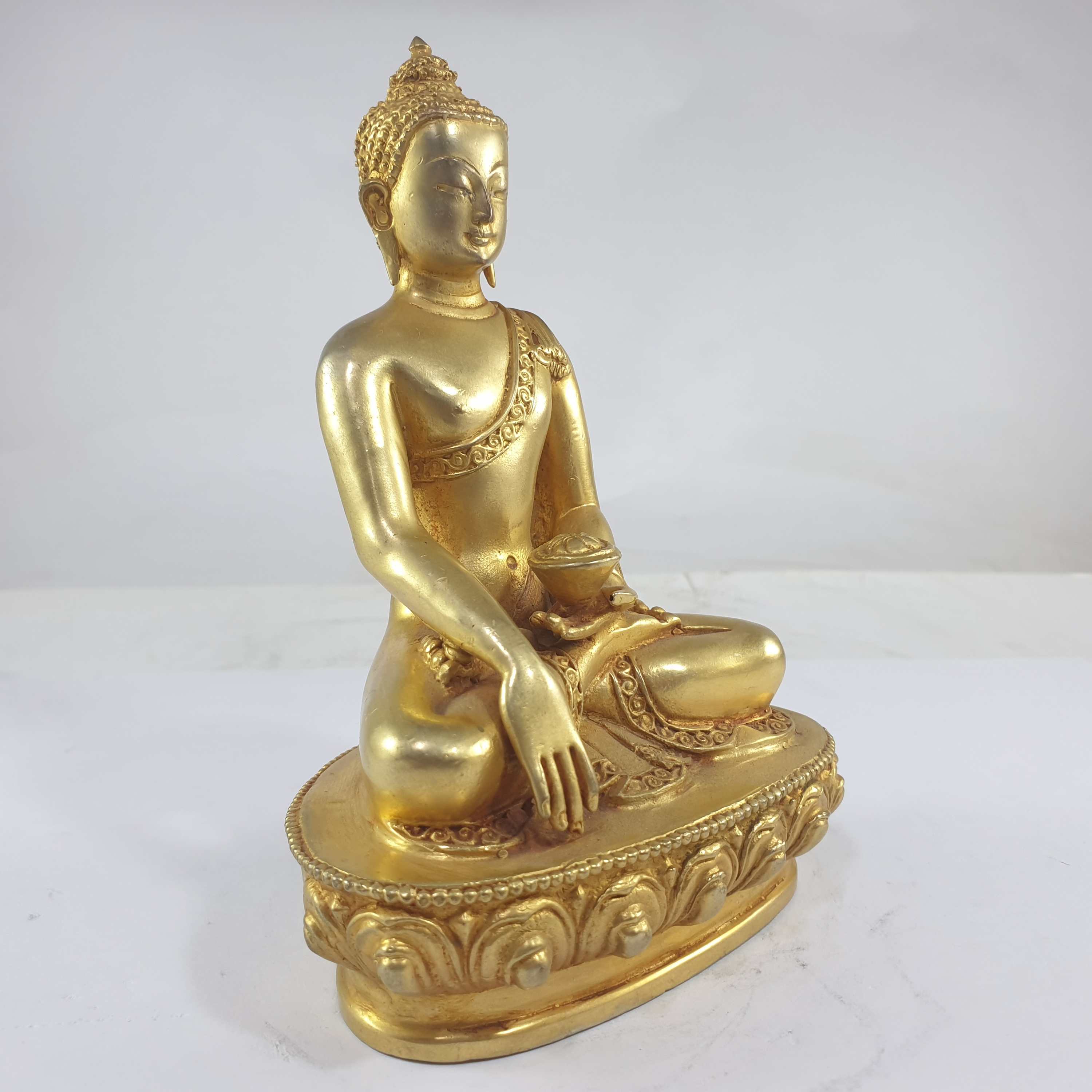 of Shakyamuni Buddha
of Shakyamuni Buddha 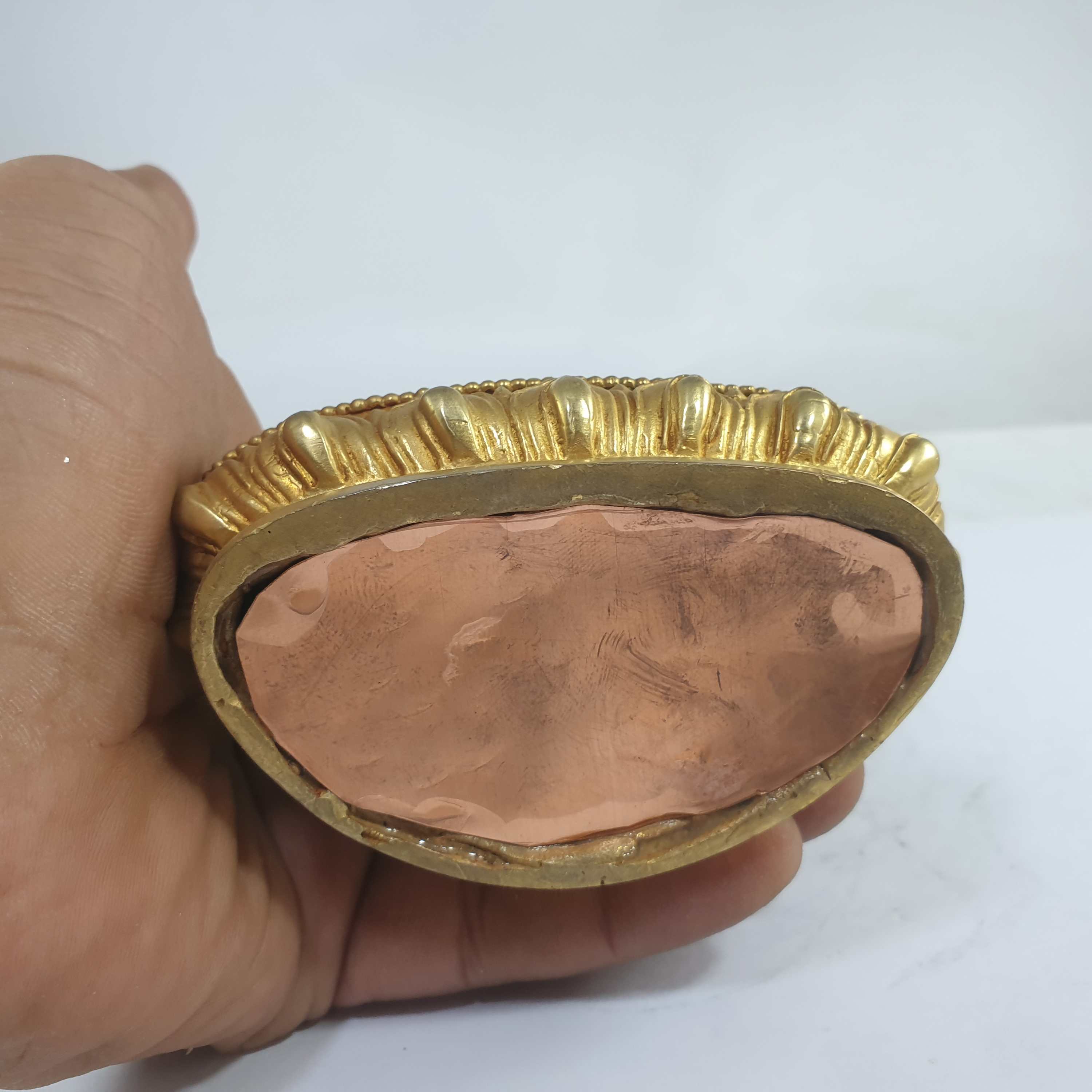 of Shakyamuni Buddha
of Shakyamuni Buddha  White Tara, Buddhist Miniature Statue,
White Tara, Buddhist Miniature Statue, 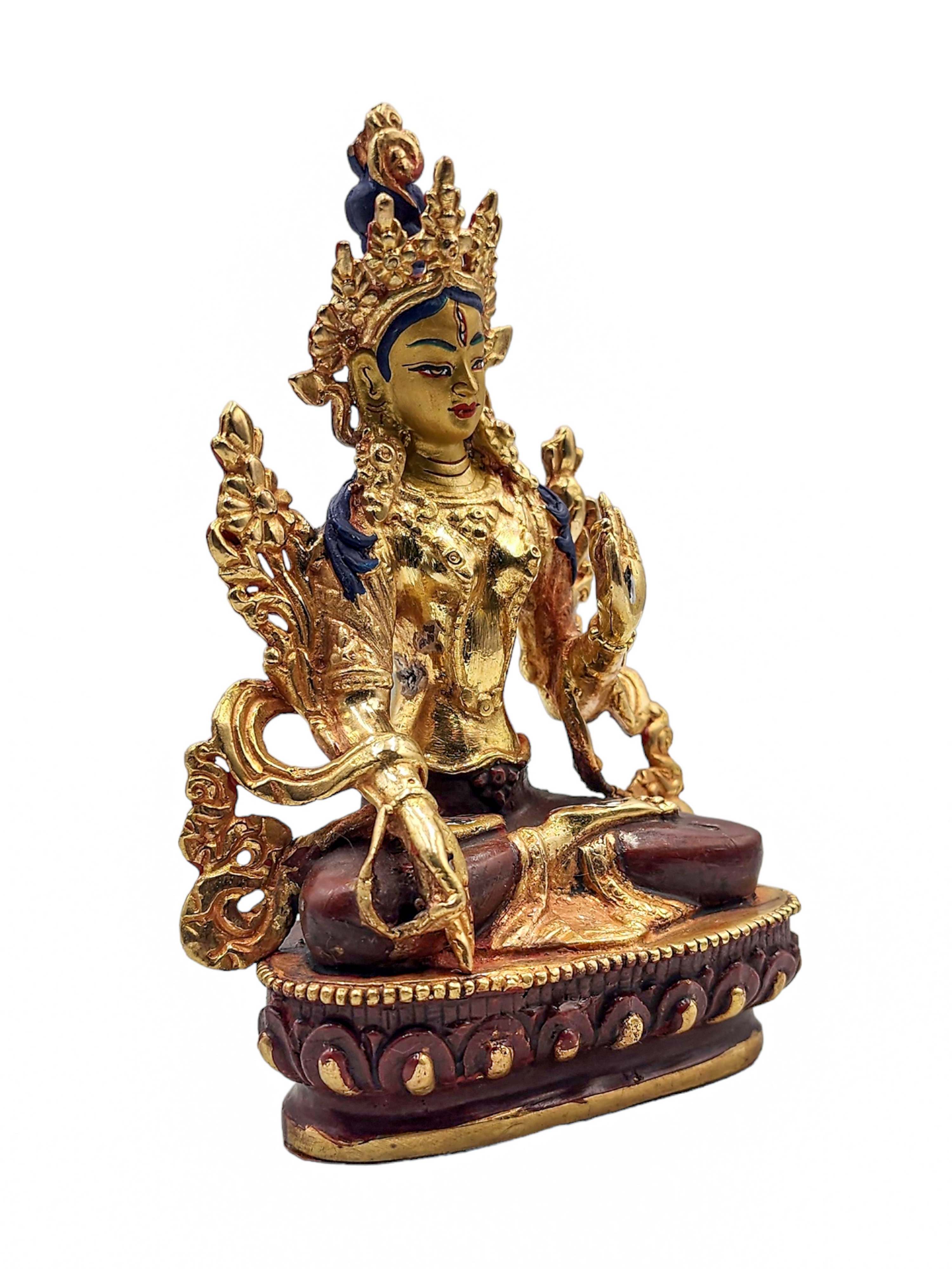 White Tara, Buddhist Miniature Statue,
White Tara, Buddhist Miniature Statue, 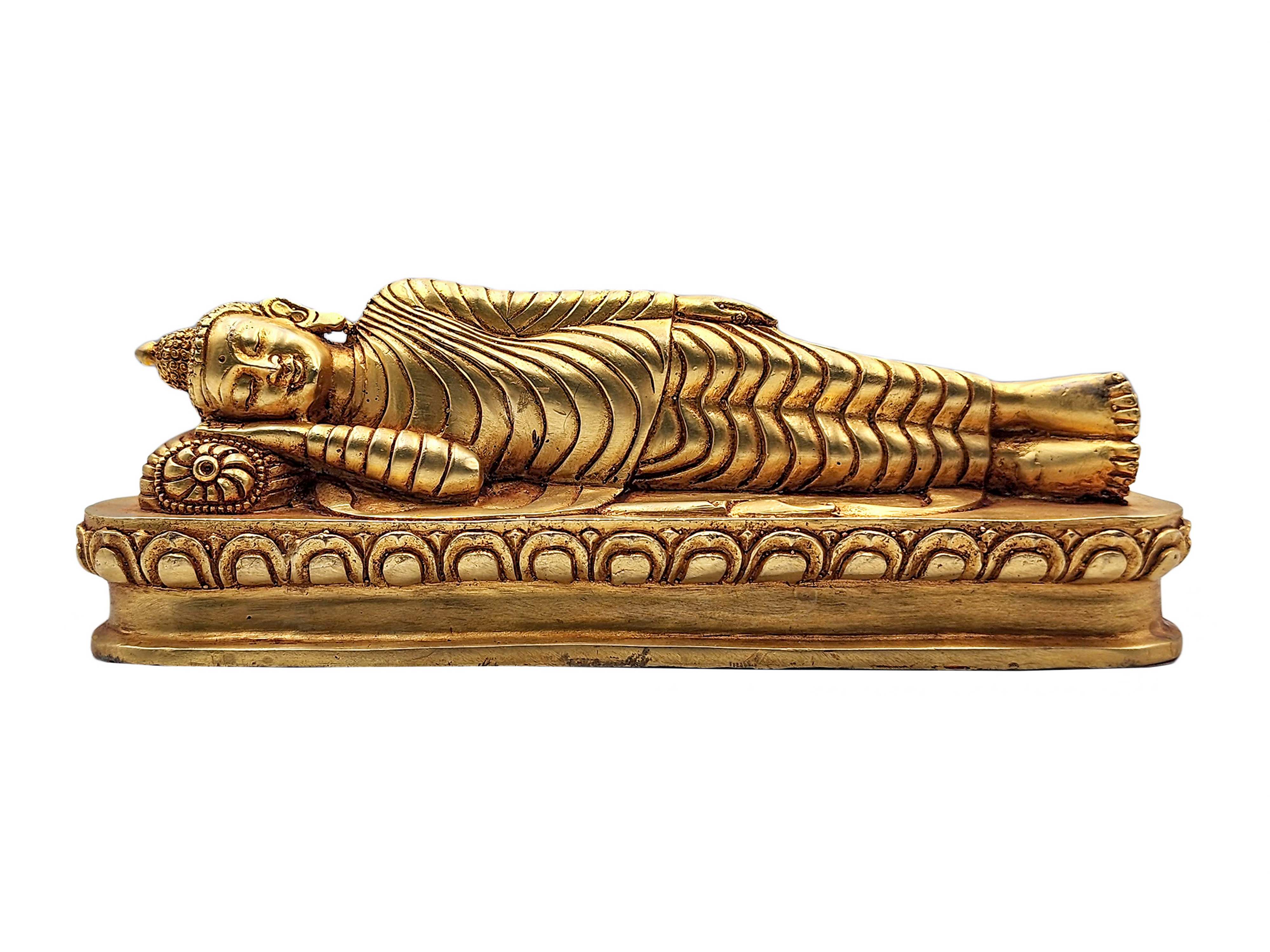 Buddha, Buddhist Handmade Statue,
Buddha, Buddhist Handmade Statue, 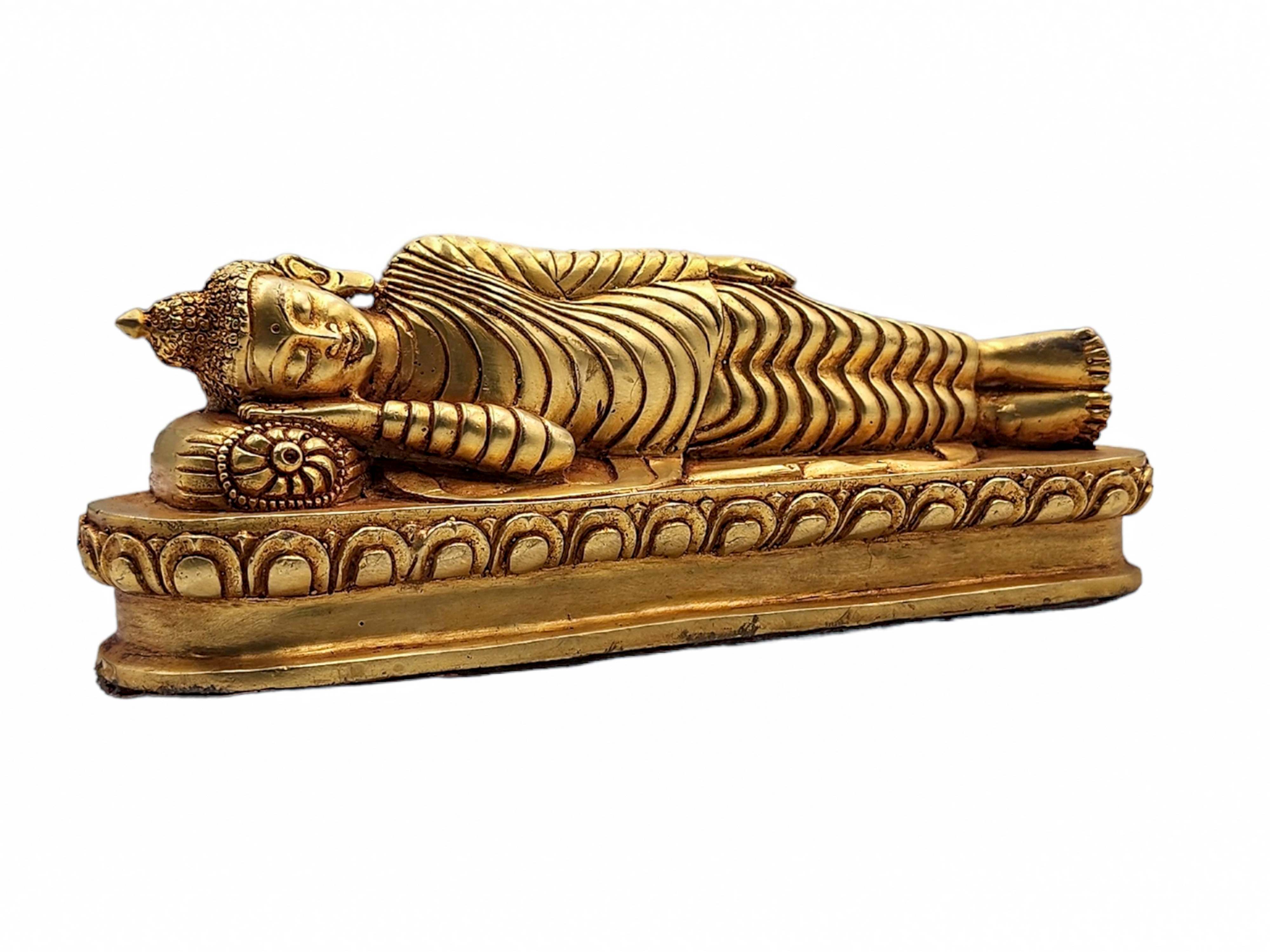 Buddha, Buddhist Handmade Statue,
Buddha, Buddhist Handmade Statue,  of Vajrasattvaa,
of Vajrasattvaa, 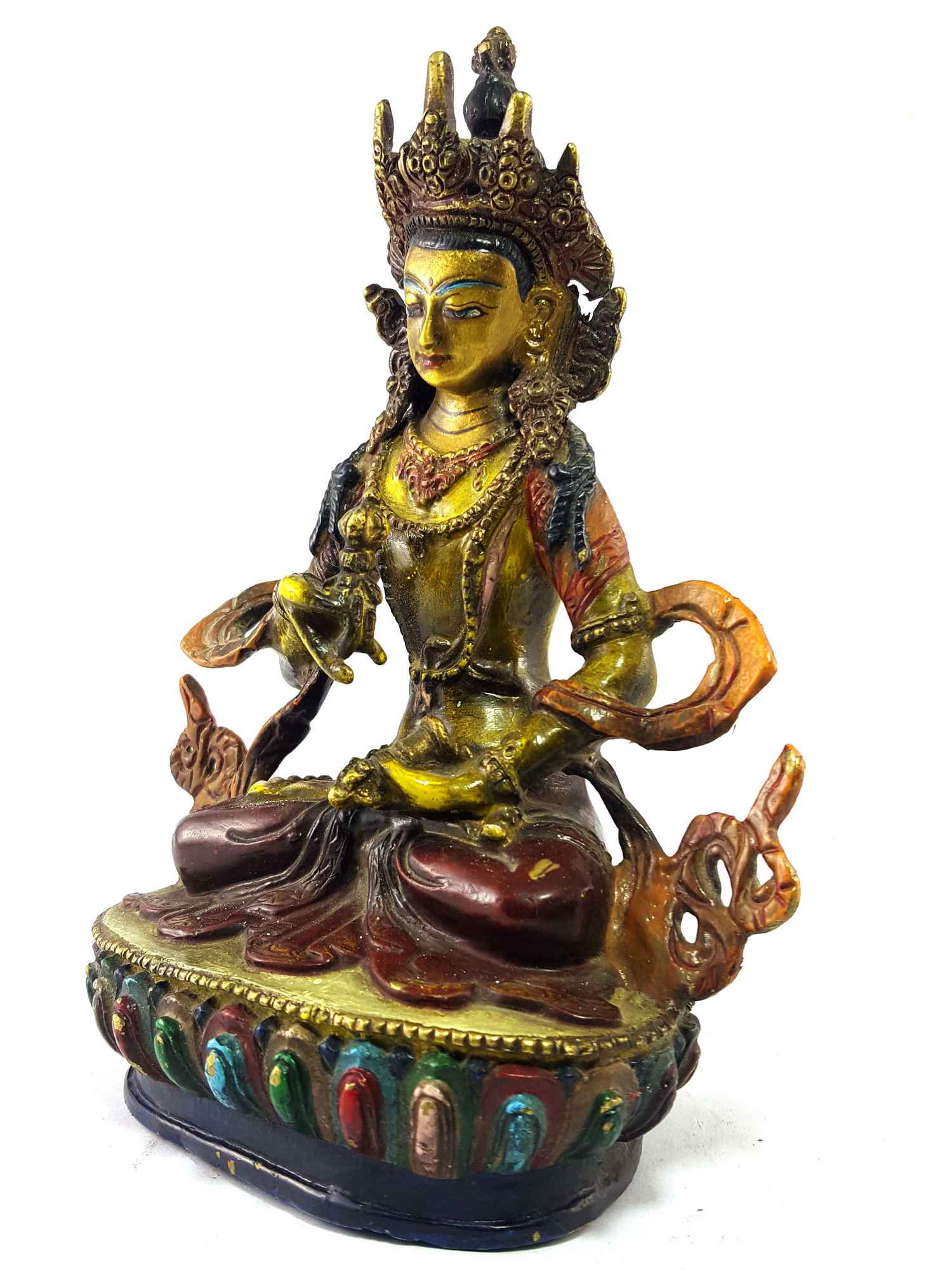 of Vajrasattvaa,
of Vajrasattvaa,